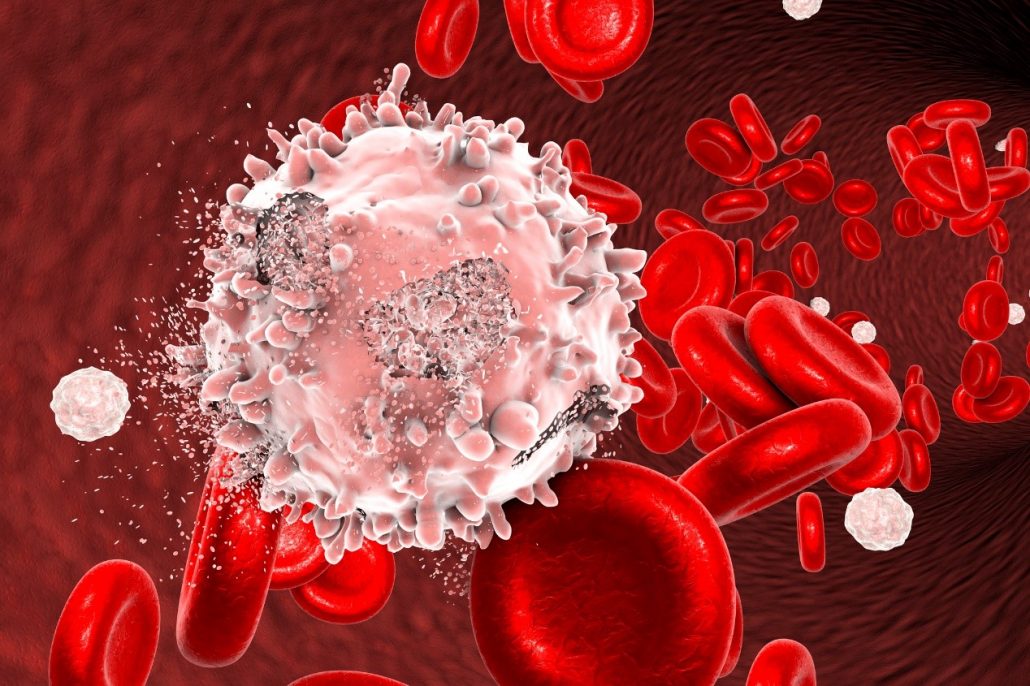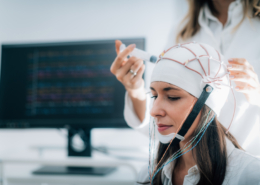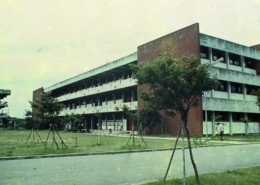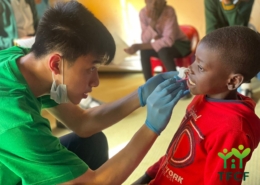Subtle symptoms of leukemia that patients warned to watch for
Source: Dr. Ruey-Ho Kao, Hematology and Oncology Division, Wanfang Medical Center, TMU Healthcare System
Blood cancers can be divided into acute or chronic leukemia. Acute leukemia is not a common disease, but it is considered life-threatening and can deeply affect patients and their families. The treatment process is long and arduous, and it relies on combined efforts of the patients, their family members and the healthcare team to achieve the best treatment results.
Acute leukemia can be divided into acute myeloid leukemia and acute lymphoblastic leukemia, and men are more likely to be affected.
Initial symptoms of acute leukemia are feeling tired easily, a weaker constitution, weight loss and slight fever.
Such symptoms are often dismissed as a cold or fatigue from working too hard, allowing patients to remain unaware that these issues are due to anemia or lowered immunity caused by the disease.
If the disease continues to worsen, bruising or gum bleeding may be seen due to decreasing platelets. In the worst case, septic shock, cerebral hemorrhage and other serious complications may occur. So do not ignore these small changes, as they may be the precursor to a serious disease that needs medical attention.

Destruction of leukaemia cell, Picture from Getty Images
Diagnosis of acute leukemia requires blood tests. In general, there is an increase in white blood cells as well as abnormal cells in peripheral blood, and here a bone marrow biopsy is required. Bone marrow is the organ in the body that makes components of the blood, including red and white blood cells and platelets. Marrow is present in adult skull, sternum, rib, vertebra and hip bones.
Bone marrow is usually taken from the hip bone, and aspiration of this marrow is not harmful to the body.
The process takes approximately 20 minutes, and the resulting marrow samples are used for standard blood dye tests as well as chromosomal analysis and flow cytometry.
After confirmation of the diagnosis, chemotherapy, which is in effect drug therapy, will be recommended. Different drugs and therapies are used for treating acute myeloid leukemia and acute lymphoblastic leukemia, with the former including induction and consolidation therapy, and the latter using induction, consolidation, intensification and maintenance therapy. High-risk patients may also need bone marrow transplants to ensure successful treatment.
Patients often ask, “What caused this? Does this have anything with genes?”
Generally there is no genetic cause, yet strong associations are found with exposures to radiation and chemical substances such as benzene. Successfully treated patients are usually able to have healthy children.
In August 2017, the U.S. Food and Drug Administration approved a genetically engineered immunotherapy that can be used to treat type-B acute lymphoblastic leukemia in children and adolescents. We hope this novel therapy can be extended to treatment of all types of leukemia so more patients can benefit from this technology.

















